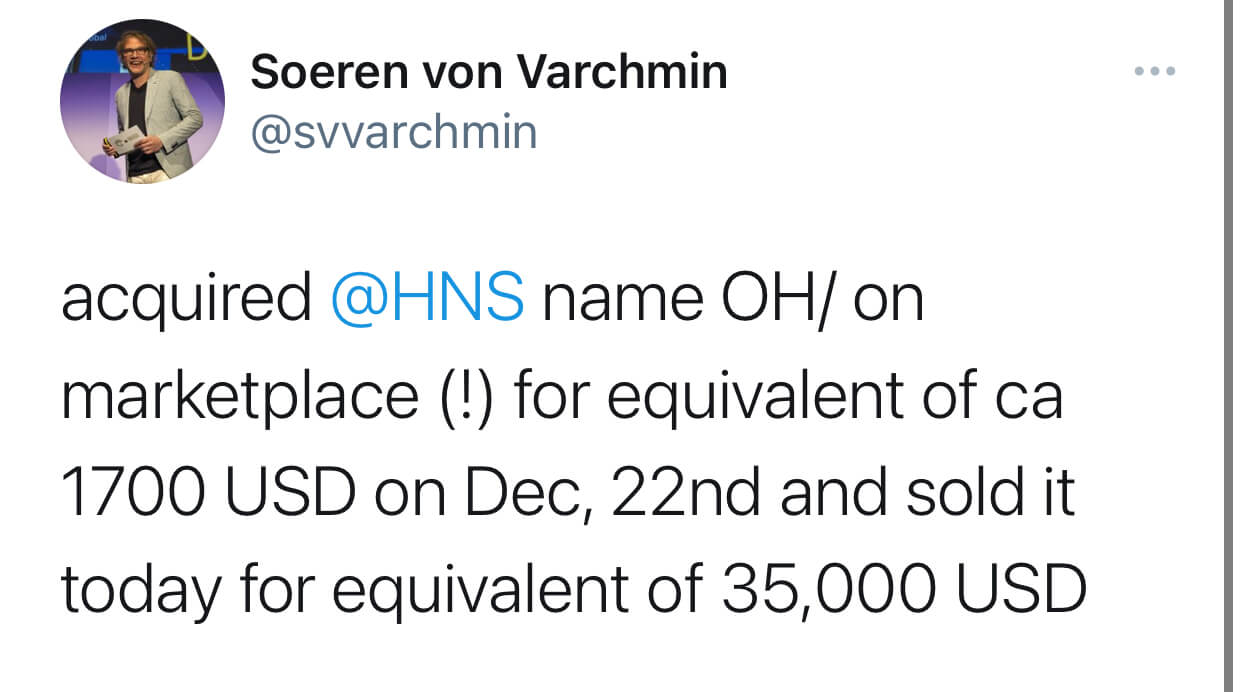Let me begin this post by saying I am by no means the end-user sales messiah. Please don’t take this post as an expert telling you what has helped them make their fortune. I have not ever made a fortune selling domain names, instead my business has always generated revenue through development and monetization.
That being said, last year was my best year of end-user sales with over ten domains sold to end-users at an average price of $2,500 each. Compare this to 2010 where I did about half the revenue and I am happy with the direction I am headed. I can’t tell you how to make millions buying and selling domains, but I can tell you what worked for me last year when it came to end-user sales letters.
I did a lot of fine-tuning last year to really figure-out how to optimize my sales letters. What I found was a higher response rate than ever before and a higher average sale price, but it wasn’t just the sales letter, it was the full package, and that’s what I’m going to talk about here. So if your end-user sales letters aren’t working, one of the reasons below might be why:
1. You Are Trying To Sell Crappy Domains – many people blame the sales letter when at the end of the day it is the product that the sales letter is trying to sell, not the letter itself. End-users will only respond if the domain name you are emailing about catches their eye right-away. This means it should be a .COM, it should be short, and it should be something incredibly relevant to their business. If you’re trying to sell three-word .NETs or what you think is a category-killer .BIZ name to an end-user there’s a good chance they aren’t going to respond. To end-users .COM really is all that exists so if you want to catch their attention, you’ll need to do it with a .COM.
2. Your Sales Letter Is Too Long – what do you do when you get a really long email from someone that you don’t know at all? Most people hit the delete button. If your sales letter is too long it could seem scammy or just too much for a busy person to digest and make a real decision. The sales letters that did the best for me in 2011 were those that were short and sweet, focusing on the one main value proposition I was going for. If you start listing the reasons why owning a strong domain name like yours is good, you’ve probably already lost them. Show the potential buyer how a domain name like yours could solve one of their biggest problems, and stop there – that’s enough!
3. Your Prices Are Too High – last but certainly not least is pricing. While end-user pricing will certainly be higher than any of your fellow Domaining buddies might pay, it takes doing some research and understanding your market to determine the right price. Try to understand how much money your potential buyer is spending on online marketing each month and use this as a guide. Don’t try to sell a domain for $20,000 to a guy that only spends $200/month on advertising. If you want top-dollar for your domain then you’ll have to wait for someone to contact you, otherwise, as long as you’re the guy sending-out sales letters, be prepared to sell at a price that doesn’t scare-away your potential buyers.
The third point here is a good one and delves into a topic that hasn’t been covered much – the difference between an inbound vs. an outbound end-user sale. While I could write a whole post on this (and I will!) it is important to understand the key differences here.
Just think it about it; if someone contacts you to buy your domain you have all the leverage. They might not even know if you had it for sale and you can really set your prices high because you have something they want, and they already know it. When you contact someone else, they instantly see you as a salesperson, someone trying to get them to buy something. In this case you don’t necessarily have anything they want, instead you have to prove that you have something that would be valuable to them.
As you can see, there’s a big difference between inbound and outbound end-user sales and it is critical to be honest with yourself when you’re sending sales letters. If you have reasonable domains, write a short and effective sales letter, and get your pricing right, then you might find more liquidity than ever before.
If you find that you’re not getting any responses to your sales letters, don’t just keep doing the same things, identify the problem, fix it, and try again. That’s what I did and after sending sales letter trying to push .US domains for years I realized that it wasn’t my sales letters that were failing, it was the domains I was trying to sell and the prices I was trying to sell them for.
Don’t be afraid to try new things and fail, heck, fail big, as long as you learn from that failure, make a change, and continue to optimize until you do it right. Nobody said Domaining was easy but there really is nothing like the thrill of a good end-user sale, or two, or three, you get the picture!
Please feel free to share your own end-user sales letter tips below. Like I said above, I’m not an expert, but I do like sharing what’s worked for me so I’d love to hear what’s worked for you!



